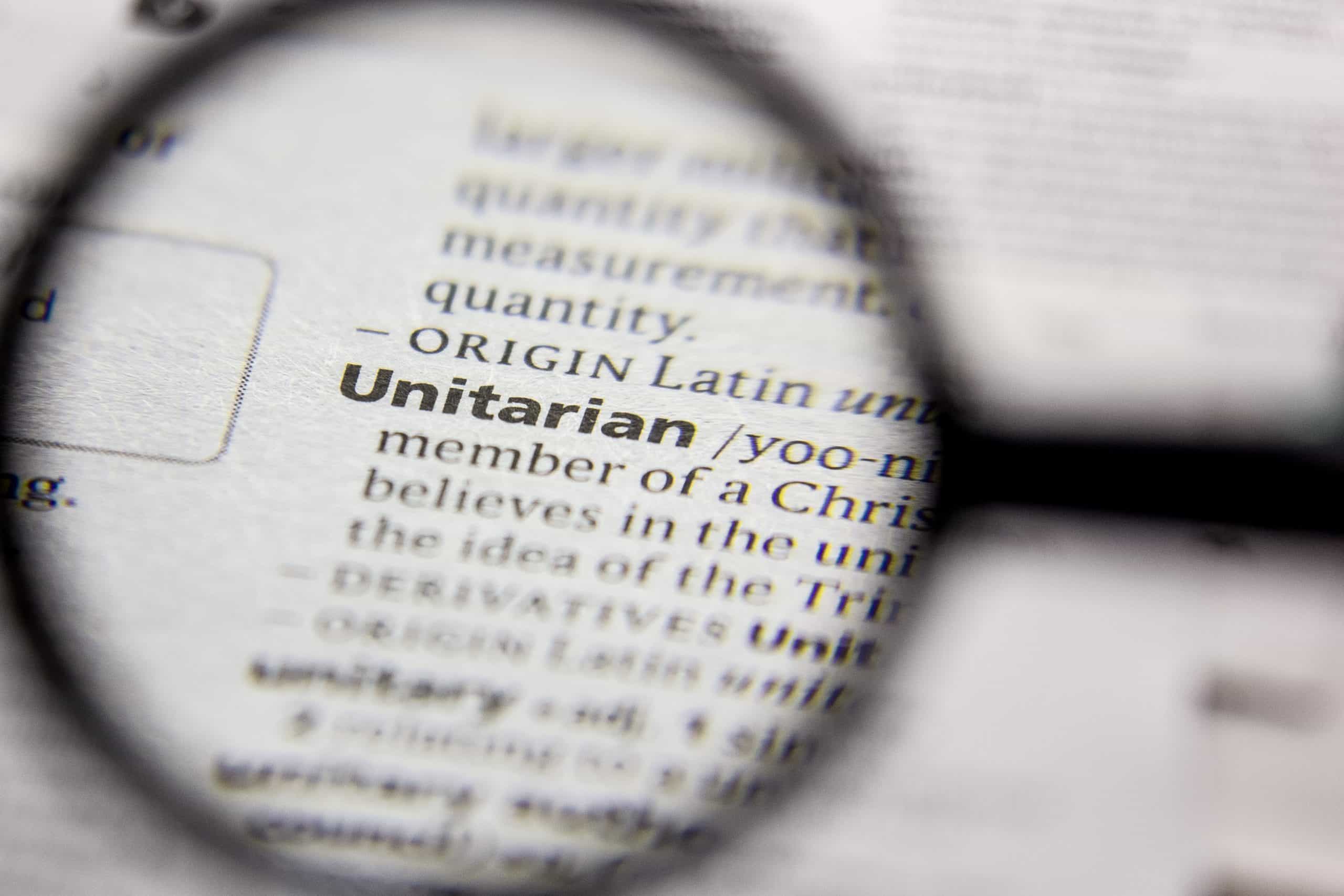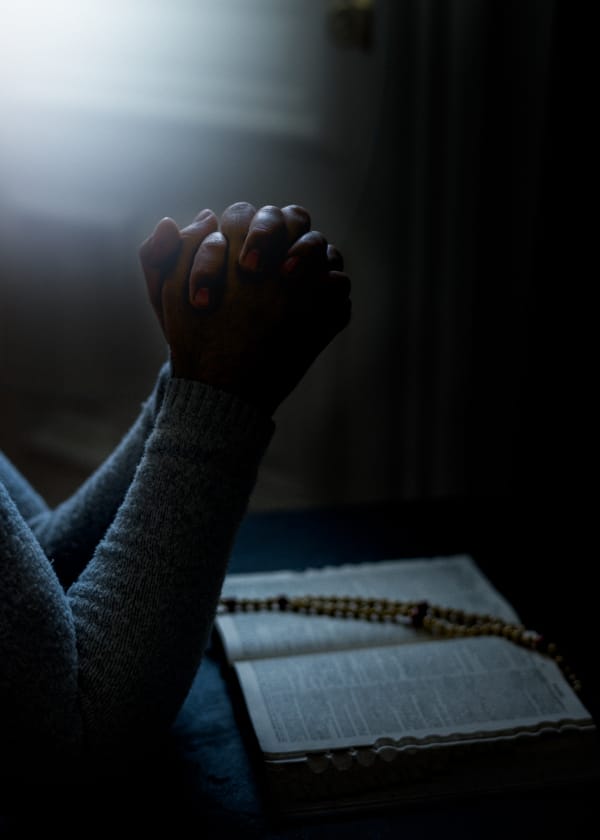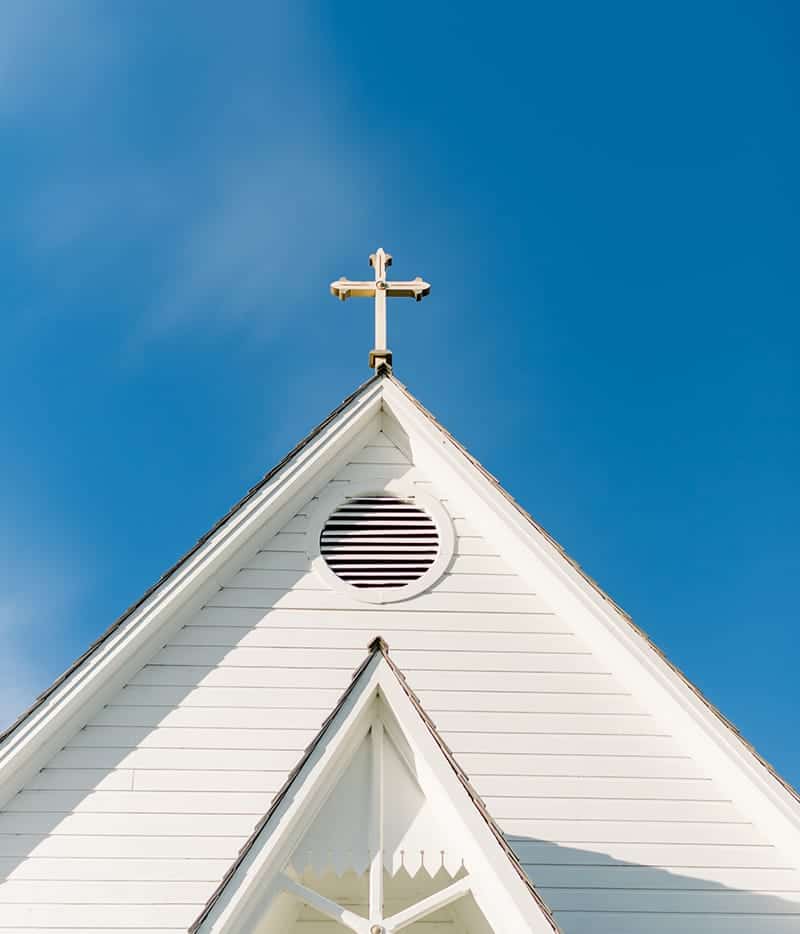An Introduction
The National Unitarian Fellowship promotes fellowship and community between people who value a free and positive approach to spirituality and religion.
Our Aims
In the first place to be an online and postal community for Unitarians and secondly to offer a place where individuals can explore their own spirituality in a convenient setting.
Benefits of Membership:
Keeping in contact with members by the regular distribution of newsletters and other material.
Putting isolated members in touch with one another or other persons or organisations with whom they might find a basis for fellowship.
Circulating or recommending books, periodicals and other literature.
Co-operating with other organisations having similar aims and welcoming new inquirers about Unitarianism and helping to establish suitable contacts.
Encouraging the formation of groups for study and/or worship.
Engaging in publicity, seeking to make the society more widely known and to extend its membership.
The National Unitarian Fellowship is a registered charity and affiliated as a Society to the General Assembly of Unitarian and Free Christian Churches.
The above statement was written when the National Unitarian Fellowship was launched in 1945. The aims remain the same today but added to the distribution of publications by post, electronic communication plays a vital role in achieving the aims of the Fellowship.

Words from Revd. Tony McNeile
NUF President (2003-2008)
Most people I meet have never heard of the Unitarians. I am most often confused with the United Reformed Church or with the Unification Church - the Moonies. How I wish sometimes we had another name. Having established that I am neither of these then ask, 'Well, what do the Unitarians believe in?' - and that is when I wish they hadn't asked!
It is very hard to define what Unitarianism actually is because there are so many possible definitions. In early Christianity they had what is known as an apophatic description of God. God could only be described in terms of what he was not – in those days there was no dispute about God’s gender.
Basically God was not all the things we are – stressed, stretched, rude, weak, overbearing, uncertain, over emotional, irreverent, carefree, careless and so on and so on – including sinful of course.
Unitarians could also be described in an apophatic way – by listing all the things that are not quite us – not quite a Christian denomination and not quite an unchristian one, not quite definable as a faith but not ‘not a faith’, not having a set pattern of worship but not having one much different from any other church, not tied to a tradition but not quite letting go of one either. Not pagan or earth spirit orientated but not without those elements; not buddhist but not without those elements either.
I think of the Unitarians as people on a mystical bridge that spans a divide between two continents. On the one side is the continent of religious tradition and on the other the continent of spiritual evolution. The Unitarian Movement is stretched across that bridge. There are people at both ends. There are those who are happy not to cross. They want to stay within the liberal christian tradition. There are those nearly or already on the other side who are free spirits, no longer part of a tradition but spiritual seekers who enjoy the company of fellow seekers. How do you describe all that to someone who has just been introduced?
Prayer
“Let us not be afraid to seek meaning in our lives.
Let us have no fear to enter the spiritual dimension of ourselves and see where it leads.”

How it began…
It can be fairly claimed that the initiator of the NUF was Rev. Leslie Belton who had been Editor of the Inquirer from 1932 to 1939. Speaking at the Unitarian General Assembly meetings in April 1943 he stressed the need for propaganda for Unitarianism after the conclusion of the War. He suggested, probably based on recent experience amongst Unitarians in the USA, that many might be willing to join a Unitarian society rather than wishing to take on church membership straight away. A national society was needed to enrol enquirers and maintain contact with them, with the hope that they might eventually join a local church. It could also be useful in providing a link with isolated Unitarians and others.
This was followed be a series of articles which appeared in the Inquirer in 1943 and 1944. The idea of a Unitarian Fellowship was not entirely new; an organisation was set up by the Central Postal Mission at Essex Hall in about 1920 to keep in contact with isolated Unitarians but this soon disappeared. Those who were interested were asked to write in to J K Montgomery, who can be said to be the midwife of the NUF. A selection of the letters received were published in a follow up article in the issue of 13 May 1944. Much of the article was taken up be a letter from Rev. Francis Terry, who from the very start became a major influence on the NUF and remained so for most of its first forty years.
He argued that the proposed NUF should be a catholic body to include “not only Unitarians, but also liberal-minded members of other churches, Liberal Jews, and Julian Huxleyites, as well as unattached individuals”. This idea was strongly opposed by Montgomery and others who believed that membership of the new body should be wholly Unitarian, but the idea of Rev. Arnold Thomas that a postal mission should be included, emphasising the devotional aspect and the spread of Unitarianism, was warmly endorsed. Further support was requested, and the replies were sufficiently encouraging to justify forming the Fellowship. In August 1944 a provisional committee was set up at the instigation of Belton and Montgomery. The Preamble and Rules were then created by correspondence.
In March 1945 Leslie Belton, who became the first President, announced the setting up of the NUF, which he pointed out was taking place at the same time as the creation by the American Unitarian Association of the Church of the Larger Fellowship. He wrote to all ministers of Unitarian congregations asking for support and particularly the names of isolated members. Those who wished to be founder members were asked to write to Montgomery while C Winifred Dyer agreed to act as the first treasurer. She was succeeded by Maurice Limb in October 1945.
During the General Assembly meetings in London in May 1945, a public meeting was held at which the aims and objects of the NUF were explained, and it was clear that the new body had attracted the interest of many Unitarians. The provisional committee met the following day, which agreed that a full committee of twelve should be elected after 30 June, with a newsletter to be published as soon as possible with Rev. Arnold Thomas as editor. The subscription was fixed at the rather high figure of 10/- (50p) per annum. The new Rules were sent to members, which were confirmed, and it was agreed that the NUF should formally come into being at the end of 1945. However before the end of the year the first number of the newsletter had appeared in the July and the second in September. By the start of 1946 between eighty and a hundred members had joined. The NUF was seen by many Unitarians as one of their most positive initiatives to spread their faith in a nation newly at peace.
THE NUF PRAYER
“We give thanks for the light and life, for the pageantry of field and sky, for the laughter of children and the hand of a friend. We give thanks for the gifts of poetry and music, for beauty unfolded in the arts, for philosophy and science and all that helps us in our quest for meaning.
May the divine spark in each one of us inspire us with the courage and strength to seek the universal truth in the many diverse ways of our earthly life.
Amid conflict and strife may we be enabled to discern the living spirit working in the hearts of others. May we be joined in sympathy with the needs and longings of all, expressed or unexpressed, so that all may rise in fellowship from the darkness of ignorance and sloth and draw nearer to each other and to the Eternal.”
(Revised 2004)

Share your thoughts…
As always your comments are welcome and with your permission they may be included in the NUF Newsletter.
